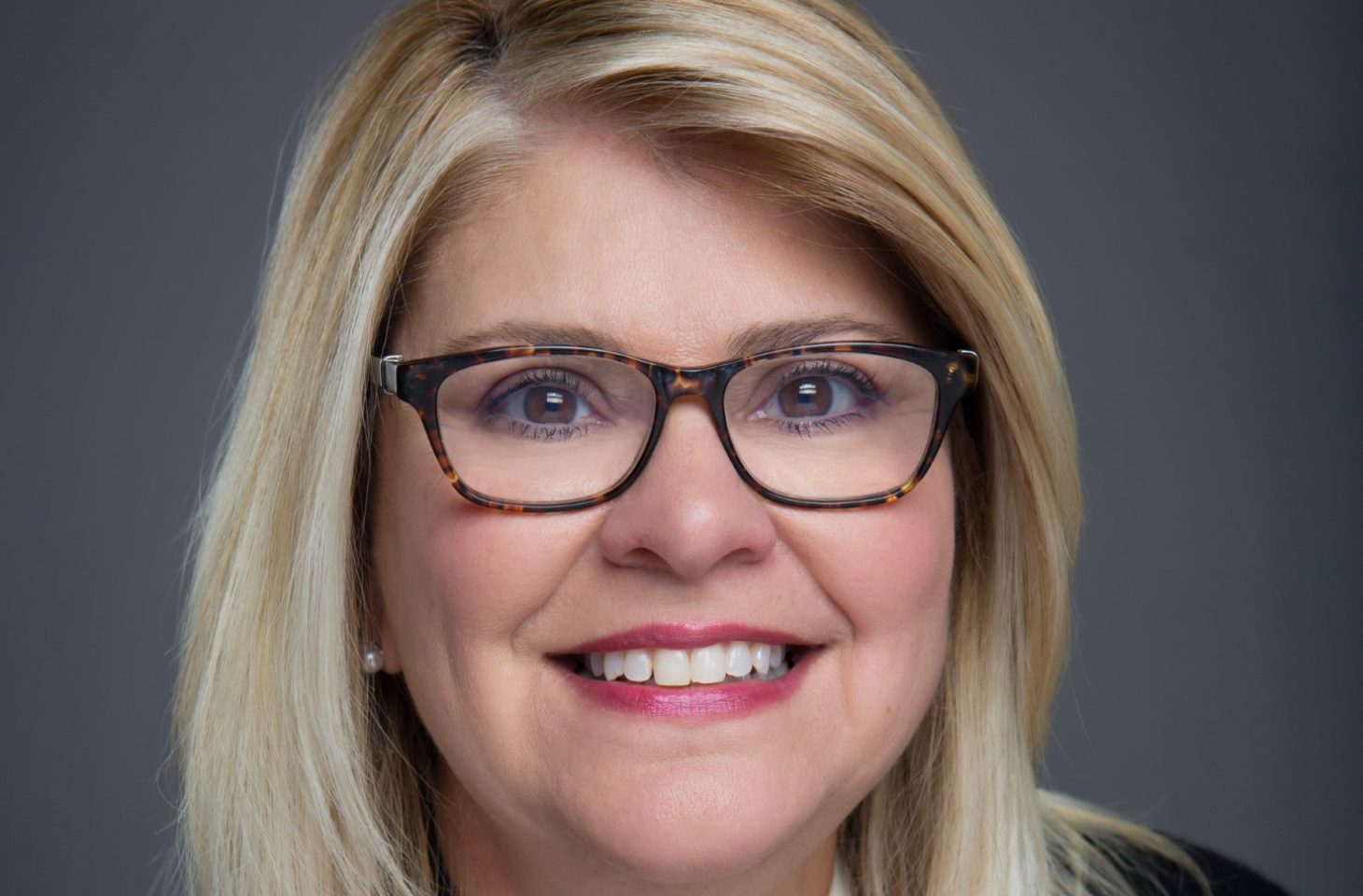Schneider Electric’s IT organization is larger than a modest multinational corporation, but that didn’t stop CIO Elizabeth Hackenson from launching multiple transformative IT projects at once.
How do you manage several important IT projects at the same time in a large company that cannot function without IT? And how do you ensure that business and IT are on equal terms? ITdaily talks to Elizabeth Hackenson, CIO of Schneider Electric, about her challenges and how she overcomes them.
ITdaily: “What does the IT environment for which you are responsible look like?”
Hackenson: “Schneider Electric employs 150,000 people in 100 countries. In total there are about three hundred factories in these countries. The company works around the clock. The digital infrastructure of all these locations is connected via a network layer that must be secure and reliable. The infrastructure layer runs applications, sales and support applications, logistics apps, research and development…”
“In addition, the CIO organization is responsible for all employee collaboration tools such as Microsoft Teams, email and YAMR. The CISO is not in our department, but we work closely with him. In that respect we are a very traditional organization.”
What are the most important priorities at the moment?
Hackenson: “We are currently undergoing several parallel transformations with Schneider Electric. We have experienced tremendous growth in recent years and aim to reach an enterprise value of $50 billion. To address this problem, IT must support easier business processes.”
“However, many issues are interdependent, so we decided to address them simultaneously, rather than one after the other. The aim is, among other things, to reduce the number of duplicate applications. This includes a major transformation of the network infrastructure, which is now almost complete, coupled with a cloud transformation.”
The entire modernization program affects hundreds of thousands of IT devices and we are tackling everything at the same time.
Elizabeth Hackenson, CIO Schneider Electric
“The entire modernization program affects hundreds of thousands of IT devices and we are tackling everything at the same time. The challenge is enormous, but we can do it.”
Does the company sufficiently understand the IT challenges? Is everyone always on the same page?
Hackenson: “Yes, we have a good relationship with the business side of the company. That was not always so. Before I started as CIO about six years ago, things were sometimes different. People talked side by side, stakeholders promised things that weren’t technically feasible, or IT decided to reduce the number of applications without first talking to users.”
“Today we are working with you Power couples. At the highest level of a project, we connect someone from the business side with their counterpart from the IT side. The Domain Leader is responsible for the what and why, while the Digital Leader is responsible for the how. These couples are a huge success. They behave like a couple, meaning they share responsibilities but respect each other’s domains. The focus is successfully on what needs to be done.”
Does the CIO organization have sufficient staff and resources to successfully complete all requested work?
Hackenson: “We have around 3,400 IT managers, but we can expand this number with up to a thousand external consultants for large projects.” We try to do the majority of the work internally.”
“Finding the right people is sometimes a challenge, but we have the advantage of being active all over the world. The largest IT teams are located in Bangalore, Barcelona and Monterey. We find some profiles quickly, others not. Combinations of expertise are particularly rare, but we give people the opportunity and time to learn.”
Is the future of Schneider Electric’s IT environment in the cloud, on-premises, or a combination?
Hackenson: “Our IT infrastructure is located in three places: in the cloud, in colocation data centers and at the edge. Initially we pursued a multi-cloud strategy, but ultimately we focused on AWS as the main provider. We started with one Lift and move the existing infrastructure and this step is completed. Now let’s focus on optimization. We also want to optimize everything we put in the cloud to keep costs under control and also make effective use of the latest technologies such as serverless.”
“A large part of this transformation has already been completed for the internal organization. We are now investigating how we can also create added value for customer applications together with our sales teams.”
“We used to work with managed service providers, but we stopped doing that. Latency-sensitive applications run on hardware in colocation data centers. We finally have modern edge hardware in our factories.”
What impact will upcoming regulations like NIS2 have on policy?
Hackenson: “We trust the CISO for this. It guides us. We are informed by the CISO department about what is needed. Of course, negotiating legal obligations is not possible.”
How is Schneider Electric dealing with the AI hype?
Hackenson: “Schneider Electric set up an AI hub for the company about two years ago. More than a hundred employees are available to the IT department, but also to product development. We have already made great progress on the product side. An example of this is the new dashboard for PUE and other sustainability parameters.”
“We have also started various projects internally. This is the year we experiment. We have a number of Copilot projects underway, such as the Microsoft Sales Copilot and SAS Joule. These solutions are not free, so early next year we will select which solutions are most valuable to us.”
“We also purchased licenses for GitHub Copilot. How valuable this is depends on the developer’s skills. The added value is greatest for less experienced programmers. Our teams already have a great case where they used AI to build something in three days when it would normally take three weeks. Within half an hour, the AI delivers an answer with 80 percent accuracy. They then optimize the code themselves for three days and the application is ready. This is fantastic.”














